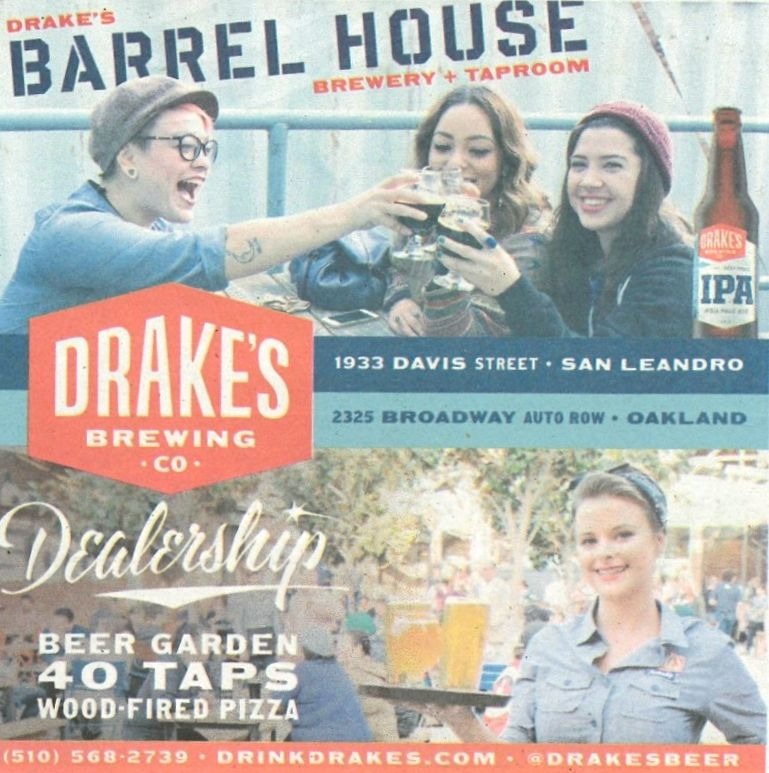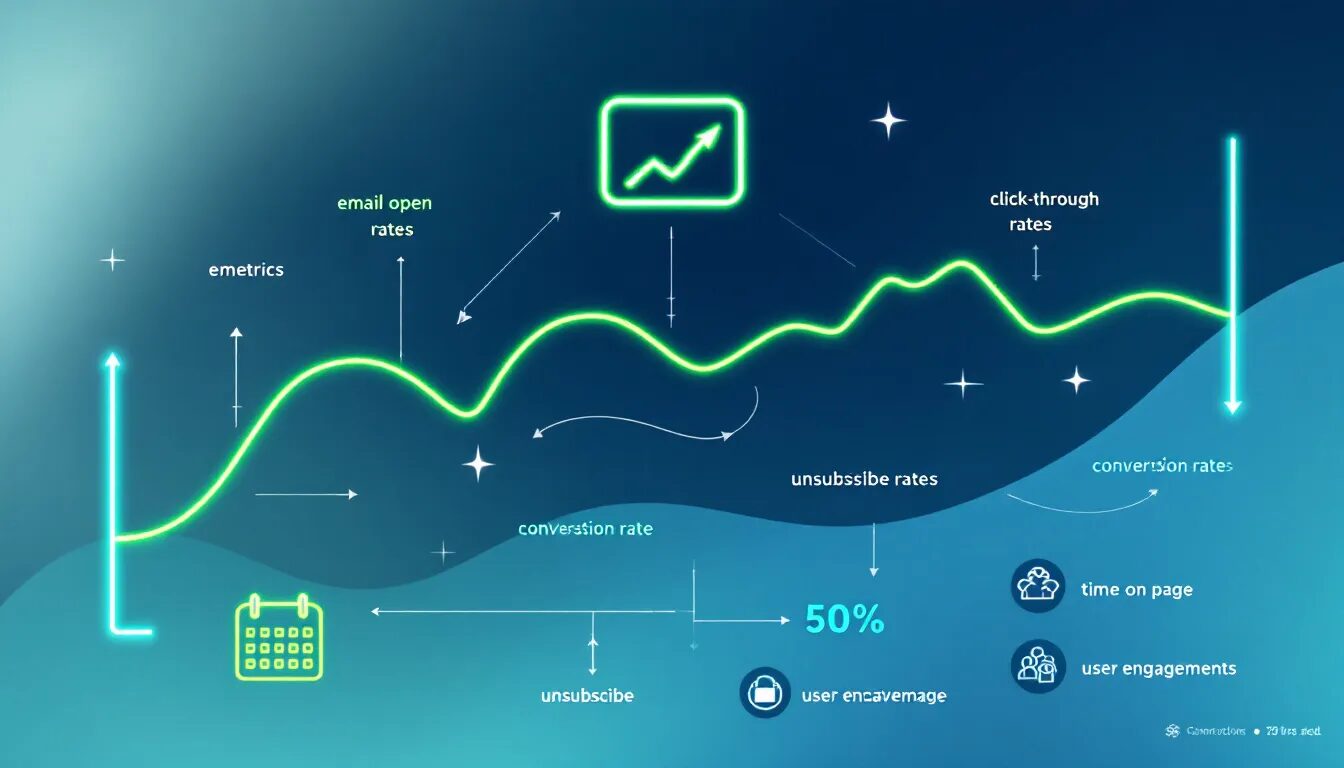
How to Create an Effective Small Business Advertisement
When you don’t have the time or resources to have print advertisements professionally made, getting started can be daunting. But it is possible for small businesses to create attention-grabbing ads, even when they’re on a tight budget. If you’ve ever dabbled in print advertising or thought about it, check out these tips, tactics and examples, and start creating ads that resonate with your target customers.
What to Include in Every Advertisement
- Your logo or business name. If your business’s logo or name doesn’t contain what you do, make sure to clarify that in the ad. For example, saying “Klimisch’s Inc. Collision Repair” instead of just “Klimisch’s Inc.”
- A CTA (call to action) with supporting contact information. Say exactly why people should contact your business and what you can do for them. For example, “Call us at (415) 000-0000 to save money on home insurance today.”
- Information about your business. Explain what your business does and how you intend to help your potential customers. Don’t go overboard with the copy because you want to make sure they can read it quickly and easily.
- Supporting visual elements like a photo or graphics. This can be your logo, a picture of your business or a graphic related to your business.
Design Guidelines
Don’t know anything about graphic design? That’s ok — you can make sure your ads are as visually compelling as possible by following these simple guidelines.
- Create a hierarchy of information. Choose the information from the above list that’s most important and make it the main element of the ad. Every piece of information in your ad should be weighted according to its importance. It’s hard to read an ad in which everything is the same size.
- Remember, less is more. Don’t overwhelm people with information. Keep it as simple as possible while getting useful information across to the viewer.
- Use your space wisely. Don’t use every inch of white space because you can. Leave some “breathing room” so people can digest your message.
- Use contrasting colors. Strike the right balance between fonts and backgrounds to make sure that your copy is readable. The best combo is dark type on a light background because it’s easier to read.
- Think hard about typography. Use mostly sans-serif fonts, use different font sizes to highlight the importance of the copy. However, don’t use too many font types or too many font colors (think one or two max). The biggest font offenders that tend to thoroughly annoy people include comic sans, curlz and papyrus.
- Review and edit. Have at least one other person who isn’t working on your ad read it over to make sure there aren’t spelling errors, incorrect information or missing information.
Putting It All Together
Here are some examples from a local newspaper featuring small business ads to illustrate how all of the above components come together.
Drake’s Brewing Company — Bold, contrasting colors as well as high-quality photography make this ad stand out. The copy is minimal but still manages to describe what they have to offer (“beer garden, 40 taps, wood-fired pizza”).

AK Badminton & Tennis — A little color and a lot of white space go a long way. This ad is easy to read and the copy and imagery illustrate exactly what customers can expect from the company. You’ll also notice that the business logo is front and center, helping AK Badminton & Tennis build brand awareness.

Stay Gold Delicatessen — Along with its simple, contrasting color scheme, this one has all the information you need (address, hours of operation, website address, phone number and special pricing). There is a clear call to action (“Check out our happy hours at both locations”) and the fonts are varied to emphasize important details.

Pedal Express — The stylized map in this one not only makes the ad more visually appealing, but it also shows the areas where this courier service operates. The ad also includes a quick one-liner to give prospective customers a little background information about the company: “worker-owned and operated since 1994.”

These are all print ads but the same elements apply to online ads. The most important part of advertising is to show who you are as a company, so have a little fun with it! And remember to ask for the “specs” or specifications for each ad. This will tell you what ad size is needed, the resolution, bleed or no bleed, acceptable formats (i.e., jpg, tiff, pdf), unacceptable formats (i.e., Microsoft Word or Microsoft Publisher) and whether it’s full color or black and white.
Social media marketing fundamentals
Small business advertising aims to reveal your goods or services to potential clients. A solid online presence for your company is essential whether you’re establishing a new business or currently have one. A range of channels, including more contemporary ones like Instagram, YouTube, and Facebook, as well as more traditional ones like conventional print, radio, and television advertising, may be used to accomplish this.
Understanding social media marketing fundamentals are becoming increasingly important for all businesses because it is essential to creating effective small business campaigns. Small companies should invest in advertising to showcase their brand to a larger audience if they want to grow their clientele and income swiftly. Online advertising, particularly for small enterprises, is a cost-effective and efficient approach to reaching the proper audience.
By intelligently spending on advertising, a small company may obtain a high return on investment while also bringing in crucial new consumers.
Here are the specifics of our small business advertising checklist:
Define Your Advertising Goals
What do you want to accomplish with advertising? Do not state that you want “more sales.” Everyone desires greater sales. Give details. To better define your goals, use the SMART method. SMART goals are time-bound, specific, measurable, achievable, and results-focused.
To measure your success, specify how many customers you intend to add and when. But make sure the goal is reachable. If you must ensure that your company or service is on the minds of prospects when they are ready to buy, brand awareness could be a suitable strategic goal. Make sure your goal reflects the types of customers you want to work with, whether you’re advertising offline or online. Good targeting requires doing this.
Choose What You Want to Advance
The next item on your small business advertising checklist is choosing what to market. Decide if advertisements will encourage:
- A service
- A product
- A collection of services
- Your brand
- A special promotion or event, or something else
- Your promotional efforts must support your objectives.
Target the Right Audience
The greatest method to optimize your budget and spend your advertising expenditures wisely is to guarantee that you reach your company’s target demographic. To do this, first develop a profile of your ideal client. You may conduct a customer satisfaction survey or utilize demographic data about your target market that you have already acquired, such as data from mailing list sign-ups. Choose the advertising platforms that are best for your market and area after you have a demographic profile of your potential customer.
Analyze and Monitor Your Marketing
Many small businesses need to find out if their advertising is effective. You can get detailed statistics about your ads from online platforms like Google AdWords and Facebook, which will help you figure out what is and isn’t working. Although developing an advertisement that resonates with your target audience may take some time, you can decide what to try next more quickly.
It’s worth the risk if you have to set up a specific email address or phone number for your offline advertising to understand how and where your leads are finding you and what’s working.
Invest in Quality Tools
To expand and advance, small businesses, in particular, must concentrate on making the right tool investments. Many digital marketing tools are available, making it difficult to sort through them and determine which ones are valuable in terms of cost and effectiveness. Additionally, many free tools are available, so you can enjoy the advantages without spending a fortune. Research is unquestionably the way to go in this field.
Pick a Campaign Timing
Some kinds of advertising are immediately scalable, and others need planning. How soon do you need outcomes? Many small businesses desire immediate outcomes. However, only some forms of advertising are immediate.
Keep in mind that any small business advertising campaign depends heavily on timing. For instance, if you’re running a limited-time special promotion, you need results before the special expires. On the other hand, you typically plan a new product launch well in advance. Pay-per-click advertisements, which begin generating clicks within hours, are a preferable choice. Or think about radio advertisements that air soon after.
Consider Remarketing Tactics
Remarketing may be advantageous for the vast majority of digital advertising types. Ads target past visitors to your website who have yet to convert to paying customers. You may make highly specialized adverts for these individuals based on what they’ve previously looked at on your website. You can convert them with engaging language or a discount in these advertisements since they will be more relevant to the consumer.
Employ Direct Mail
Direct mail is still a successful strategy for connecting with offline, local customers. Additionally, it lets you stay in touch with current clients and inform them of updates and promotions.
FAQs
Which form of marketing is most successful?
It is a sustained effort, but given that email marketing is one of the most successful forms of advertising your business can engage in, it’s worthwhile.
Why is a commercial effective?
Advertising should ideally catch the interest of prospective consumers and convince them to utilize your goods. Whatever the method, your advertising should be brief and continuously represent the distinctive positioning of your business.
What advertising tool is the most effective?
The Internet is the most effective marketing tool, with virtually infinite potential. Many small businesses believe that traditional marketing strategies are adequate.
What advertisement grabs your attention?
Headline.
You MUST have a headline if you want your Web page or advertisement to produce a quantifiable response. Without a headline, an advertisement that consists only of images, text, videos, or illustrations may impress viewers and catch their attention, but it won’t result in any measurable action.
Conclusion:
The best advertising strategies for small businesses combine numerous tactics. Decide which of the low-cost advertising strategies will best help you connect with your target market, then start putting those strategies into practice. Your company gets more exposure the more you advertise. You’ll be set up for success by adhering to this checklist for small business advertising.
Join 140,000 small business owners
Editor’s note: This blog post was originally published in August 2013 and has been revamped and updated for accuracy and relevance.
© 2019, Contributing Author. All rights reserved.
 SUBSCRIBE
SUBSCRIBE 


